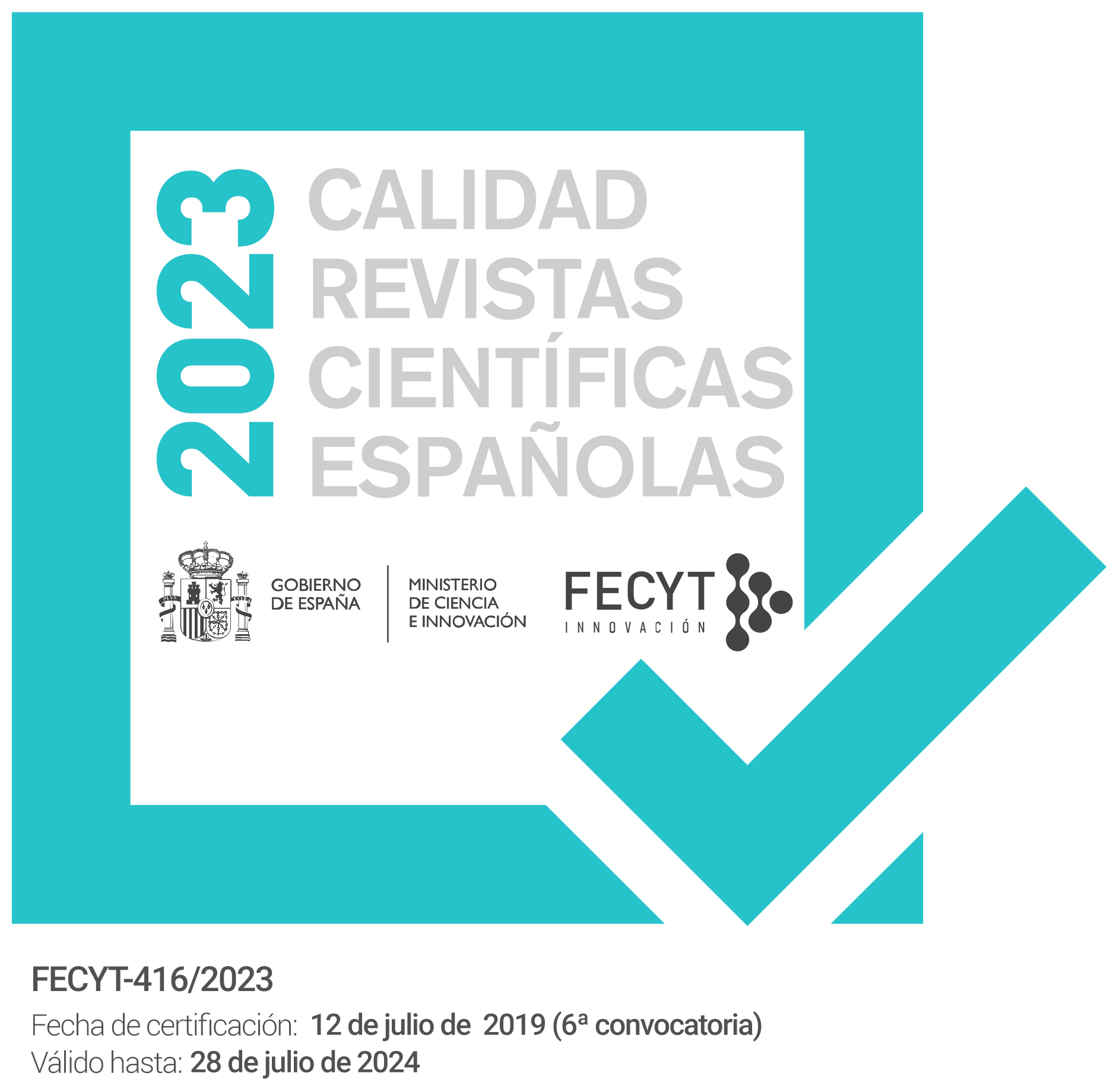Tipo de cultivos y procesos de escorrentía en Las Llanadas, Los Realejos (Tenerife, España)
Keywords:
agricultura, cultivos tradicionales, cárcavas, Tenerife, traditional agricultural land, ephemeral gulliesAbstract
Este artículo analiza 16 cárcavas efímeras en campos de cultivo en el norte de Tenerife (Las Llanadas)
tras lluvias intensas caídas en noviembre de 2009. Se estudiaron “gullies” en parcelas con diferentes
tipos de cultivo: maíz, cereal, papas y sin cultivo. Se observó que las cárcavas presentan diferencias
morfológicas y de tamaño en relación con el tipo de cultivo sobre el que se han generado, por lo que
las parcelas con maíz son más vulnerables a los procesos de erosión, mientras que la de cereal son las
menos. Sin embargo, también se aprecia que la desaparición de elementos tradicionales en los campos
de cultivo (zanjas, muros de piedras, etc.) son los máximos responsables de la formación y la mayor
incidencia de las cárcavas por lluvias torrenciales. Por tanto, es necesario que los agricultores vuelvan
a recuperar, y así se ha constatado, los elementos tradicionales que progresivamente han ido desapareciendo
de los campos de cultivo.
In this work 16 ephemeral gullies of the north of Tenerife (Las Llanadas) are studied. These gullies are
located in agricultural land (corn, cereal, potatoes and without cultivations) and they were formed
for torrential rains. The gullies possesses different size and morphologies according to cultivations
type. However, the elimination of traditional elements in the agricultural fields, they have provoked
bigger effect of the torrential rains.
Downloads
Downloads
Issue
Section
License
The articles are open access distributed under the terms of the Creative Commons Attribution-NonCommercial-NoDerivatives (CC BY-NC-ND) Spain 4.0 license. Authors who publish in this journal agree with the following terms:
a) Authors retain the copyright and guarantee the journal the right to be the first publication of the work as well as licensed under a Creative Commons Attribution License that allows others to share the work with a recognition of the authorship of the work and the Initial publication in this magazine.
b) Authors may separately establish additional agreements for the non-exclusive distribution of the version of the work published in the journal (for example, place it in an institutional repository or publish it in a book), with recognition of its initial publication in this magazine.
c) Authors are allowed and encouraged to disseminate their work electronically (for example, in institutional repositories or on their own website) before and during the submission process, as it may result in productive exchanges, as well as a earliest and largest citation of published works (See The Effect of Open Access).



